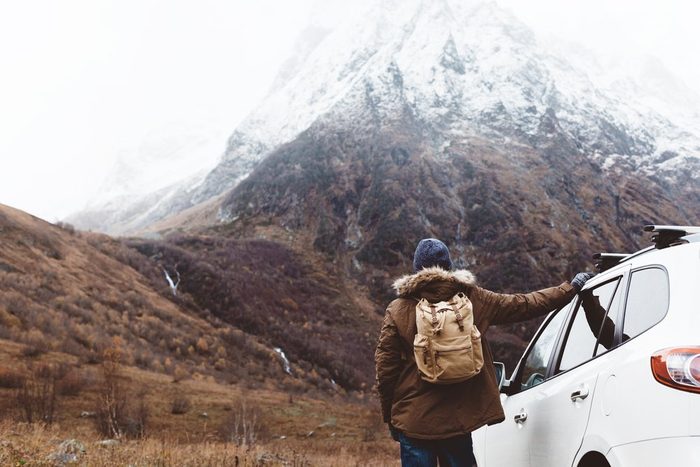
What is hypothermia?
Hypothermia is an abnormally low body temperature after your body loses heat from exposure to the cold. Once your body temperature drops below 35 degrees Celsius (95 degrees F), you need emergency help stat; otherwise, hypothermia can be fatal.
If you love winter activities, these are the perfect vacation hotspots.
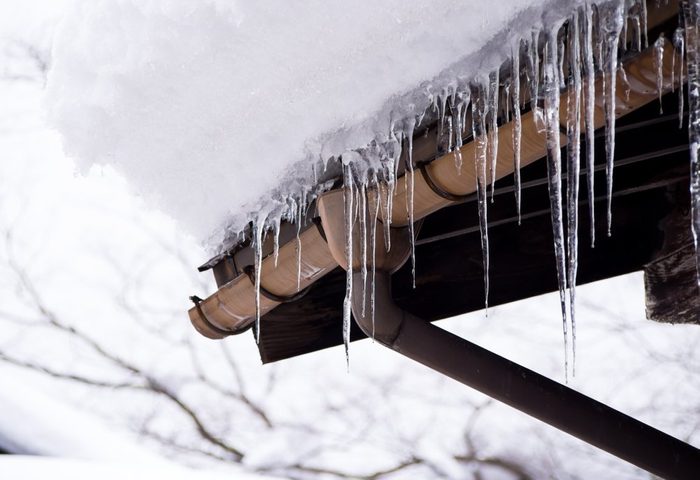
Sign #1: Drowsiness
Some of the common signs of hypothermia include shivering, a weak pulse, or shallow breathing. But once mild hypothermia begins to take hold, you may also appear sleepy. If you—or someone you’re with—becomes sluggish in the bitter cold and you just want to lie down, you’re in serious danger. By the way, there’s a group at risk of hypothermia even indoors: babies and toddlers sleeping in rooms that are too cold (in which case, you won’t even see this warning sign). And for children participating in outdoor activities, make sure to follow Canada’s winter safety guide.

Sign #2: Confusion
Something that makes the signs of hypothermia even tougher to spot is the fact that you can be in denial that there’s even a problem. “One of the paradoxes with hypothermia is that the symptoms can lead to cognitive impairment, which can affect your insight and ability to be self-aware,” says Brad Uren, MD, assistant professor of emergency medicine at the University of Michigan Medical School. That’s where the buddy system comes in. Being with a group means you can all keep an eye out for each other, he says.
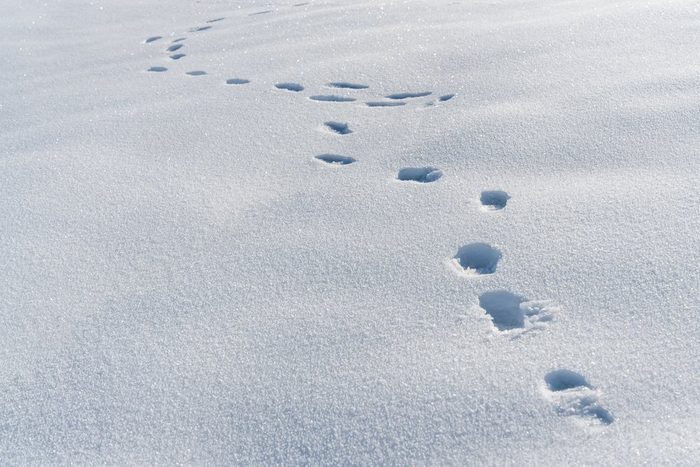
Sign #3: Appearing drunk
This is related to confusion, as someone may begin to slur their speech or not be as vocal as hypothermia sets in, says Dr. Uren. “If it looks like someone has been drinking, think cold—not alcohol,” he adds. (In general, it’s a good idea to refrain from drinking during cold weather activities, as alcohol can lead to more rapid heat loss, putting you at an increased risk for a problem.) Check out 15 other weird things that happen to your body in the winter.
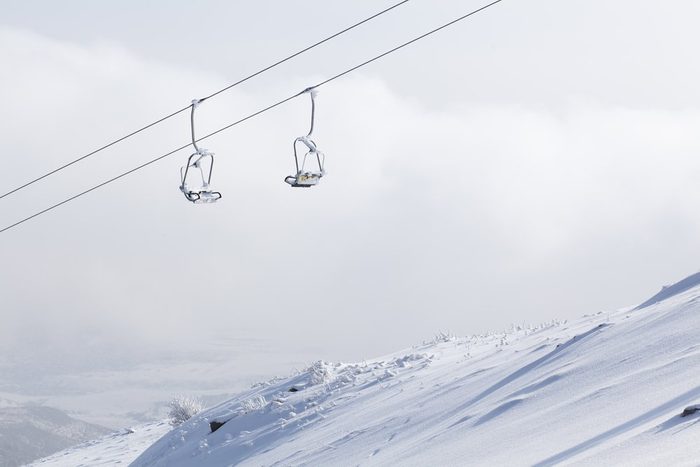
Sign #4: Clumsiness
You went skiing with friends—one of your favourite activities. When you started, you were fine zipping along; now you’re finding it really tough going and you’re falling more than normal. Given that confusion is one of the common signs of hypothermia, you may not realize you’re impaired in this way, says Dr. Uren. That’s where it’s smart to check in with your pals.
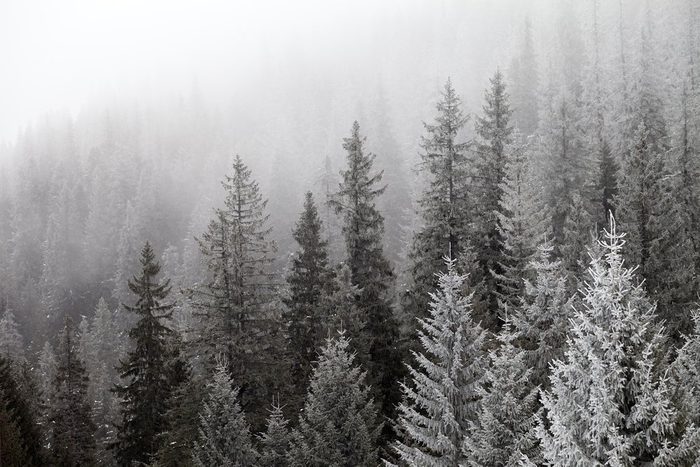
How to treat hypothermia
If your friend is showing signs that they may have hypothermia, your first goal is to warm them up. If they’re in the water, get them out, dry them off, and shuttle them into a warm place. (A building, car, around a fire). “Your first step is to remove them from the situation,” says Dr. Uren. Then, call for medical help.
Don’t miss these 25 everyday things you didn’t know you could get addicted to.
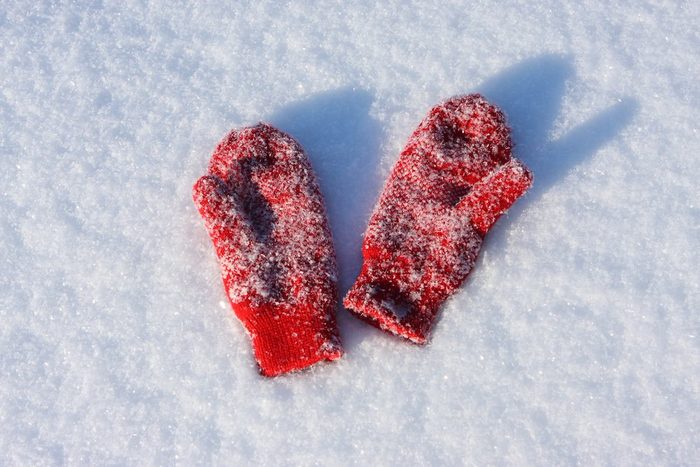
Think about what you’re wearing
If a friend is wearing wet clothes, they need to change, stat. “Wet clothing drains heat from the body at a much faster rate,” says Dr. Uren. You never know what you may be up against when out in the cold—even if you’re driving.
Running outdoors? Here’s 4 winter running layers you should always wear.
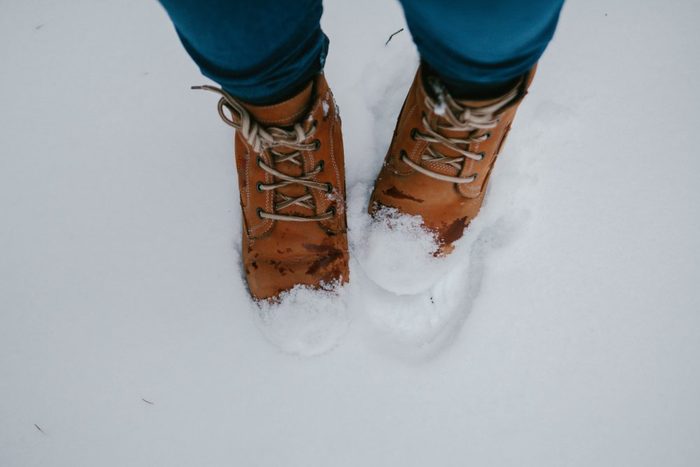
Be prepared
One thing that commonly pops up among patients who’ve had hypothermia, says Uren, is that people didn’t think they’d actually have to face the cold. “People say ‘I thought I was only going to be out for a minute,'” says Dr. Uren. But a quick drive in your car wearing a spring jacket won’t bode well if you get stuck in the snow. Prepare: toss your heavy coat in the trunk, bring your boots, and keep a shovel and snow scraper in your car just in case.
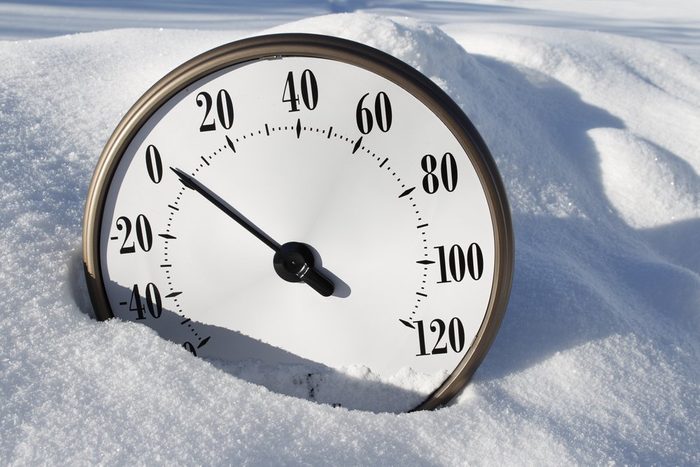
Watch the weather
Environment Canada offers a handy Wind Chill Index that gives you an idea of just how to dress before going outside depending on the wind chill that day. For instance, being outside in- 28 to -39 degree weather, you’re then at a high risk of hypothermia if you’re outside for long periods of time without proper clothing. Plus, any exposed skin is at risk of freezing within 10-to 30-minutes. Next, check out our favourite winter meals that’ll keep you warm all season long.
